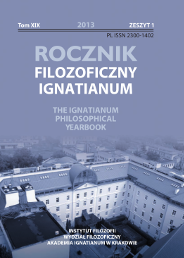
We kindly inform you that, as long as the subject affiliation of our 300.000+ articles is in progress, you might get unsufficient or no results on your third level or second level search. In this case, please broaden your search criteria.

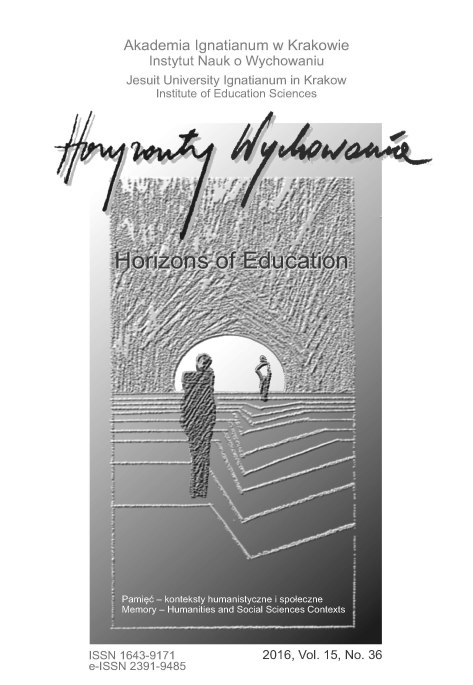
CEL NAUKOWY: Podjęte rozważania będą dotyczyć pamięci pokoleń związanej z wydarzeniem historycznym, jakim były przesiedlenia rodzin w ramach akcji „Wisła”. Celem artykułu jest przybliżenie pamięci pokoleń związanych z konkretną historią rodzinną – przesiedleniem oraz wskazanie na znaczenie tego wydarzenia dla tożsamości pokolenia wnuków.PROBLEM I METODY BADAWCZE: Pamięć o przeszłości własnej rodziny, często jej niełatwych losach, np. wysiedleniach, służy budowaniu świadomości i tożsamości kolejnych generacji. Badaniami objęte zostało pokolenie wnuków urodzone w Bieszczadach w latach 60. i w pierwszej połowie lat 70. Wybrałam pokolenie wnuków, których dziadkowie zostali przesiedleni w ramach akcji „Wisła” z terenu Bieszczad. Badania przeprowadzone zostały metodą wywiadu narracyjnego.PROCES WYWODU: Pamięć pokoleń stanowi część szerszego procesu rekonstrukcji przeszłości, ponieważ to świadomość wspólnej historii jednoczy pokolenia. Tylko w procesie komunikacji między pokoleniami starszym a młodszym możliwe jest przekazanie i odtworzenie przeszłości, która nie stoi w sprzeczności z pamięcią wspólnoty. Odwołując się do naukowych opracowań dotyczących problematyki pamięci zbiorowej, podjęto badania, które ukazały znaczenie historii rodzinnej dla rozumienia własnej tożsamości przez kolejne generacje. WYNIKI ANALIZY NAUKOWEJ: Z przeprowadzonych badań wynika, iż w przypadku trzeciego pokolenia urodzonego w Bieszczadach przekazana została pamięć o akcji „Wisła”, jednak jest ona traktowana przez pokolenie wnuków raczej jako jedna z historii rodzinnych, która została wpleciona w „meandry wielkiej historii”, a nie jako element identyfikacji narodowej. Paradoksalnie sytuacja taka może być właśnie wynikiem powrotu dziadków w rodzinne strony.WNIOSKI, INNOWACJE, REKOMENDACJE: Wyników tych badań nie można uogólniać. Można je jedynie odnieść do tej grupy badanych. Dla potwierdzenia wyników tych badań istotne będzie przeprowadzenie badań na większej grupie badanych. Badania takie, być może, pozwolą ustalić przyczyny „zanikania”tożsamości ukraińskiej w trzecim pokoleniu wśród rodzin, które powróciły w Bieszczady po wysiedleniu w ramach akcji „Wisła”.RESEARCH OBJECTIVE: The undertaken considerations will refer to the memory of generations connected with a historical event, namely, the forced resettlement of families as part of the Operation “Vistula.” The aim of the article is to familiarise readers with the memory of generations connected with a particular family history – resettlement, as well as to indicate the significance of this event for the identity of the grandchildren’s generation. THE RESEARCH PROBLEM AND METHODS: The memory of one’s family past, often their hardships, for instance, forced resettlement, is conductive to create an awareness and identity of subsequent generations. The research includes the generation of grandchildren born in Bieszczady in the 1960s and the first half of 1970s. I have selected the generation of grandchildren whose grandfathers were resettled as part of the Operation “Vistula” from the area of Bieszczady. The research was conducted on the basis of narrative interviews. THE PROCESS OF ARGUMENTATION: The generations’ memory constitutes a part of a wider process of the past reconstruction because it is an awareness of common history that unites generations. Only in the process of intergenerational communication between the elderly and the young is it possible to convey and reconstruct the past, which does not contradict the memory of the community. Referring to scientific studies concerning the memory of the community, research was undertaken which has indicated the importance of family history in understanding their own identity for subsequent generations.RESEARCH RESULTS: The conducted study indicated that in case of the third generation, born in Bieszczady, the memory of the Operation Vistula has, indeed, been conveyed. However, this experience is treated by grandchildren rather as one of many family histories which was intertwined in the “meanders of great history” and not as an element of national identification. Paradoxically, such a situation may, in fact, be the result of the grandparents’ return to their homeland. CONCLUSIONS, INNOVATIONS AND RECOMMENDATIONS: The research results cannot be generalized. They can only be applied to this research group. In order to confirm the research results it is essential to conduct research on a bigger group of respondents. Such research may allow to establish reasons for the “disappearing” of their sense of Ukrainian identity in the third generation among families who returned to Bieszczady after resettlement as part of the Operation “Vistula.”
More...
CEL NAUKOWY: Celem opracowania jest wykazanie związku pomiędzy treścią prawa stanowionego oraz wychowaniem społeczeństwa do rozumienia dobra wspólnego i partycypacji w jego budowaniu.PROBLEM I METODY BADAWCZE: Problem badawczy, którego rozwiązaniu służą rozważania, brzmi: w jaki sposób prawo stanowione wychowuje do dobra wspólnego i jakie warunki powinno w związku z tym spełniać? Jako metodę badawczą zastosowano analizę i syntezę systemową oraz badania literaturowe.PROCES WYWODU: W toku rozważań poruszono zagadnienia istoty wychowania do dobra wspólnego, cech prawa stanowionego niezbędnych do przekazywania konstruktywnych treści wychowawczych oraz moralnych aspektów wychowania do dobra wspólnego wynikających z osobowo‑społecznej natury ludzkiej. Rozważania zostały osadzone na gruncie pedagogiki prawa, która zajmuje się wychowawczym oddziaływaniem prawa w życiu społecznym.WYNIKI ANALIZY NAUKOWEJ: Na podstawie przeprowadzonych wywodów sformułowano następujące wnioski: dobro wspólne jest wartością konieczną w życiu społecznym; wychowanie do dobra wspólnego obejmuje przekaz wartości i postaw; prawo stanowione wychowuje do dobra wspólnego pod warunkiem zgodności z prawem naturalnym.WNIOSKI, INNOWACJE, REKOMENDACJE: Z rozważań płynie wniosek wskazujący na konieczność stanowienia i stosowania prawa z poszanowaniem obiektywnych wartości moralnych, dzięki czemu prawo stanie się bardziej skutecznym środkiem wychowywania społeczeństwa do rozumienia i współdziałania na rzecz dobra wspólnego.
More...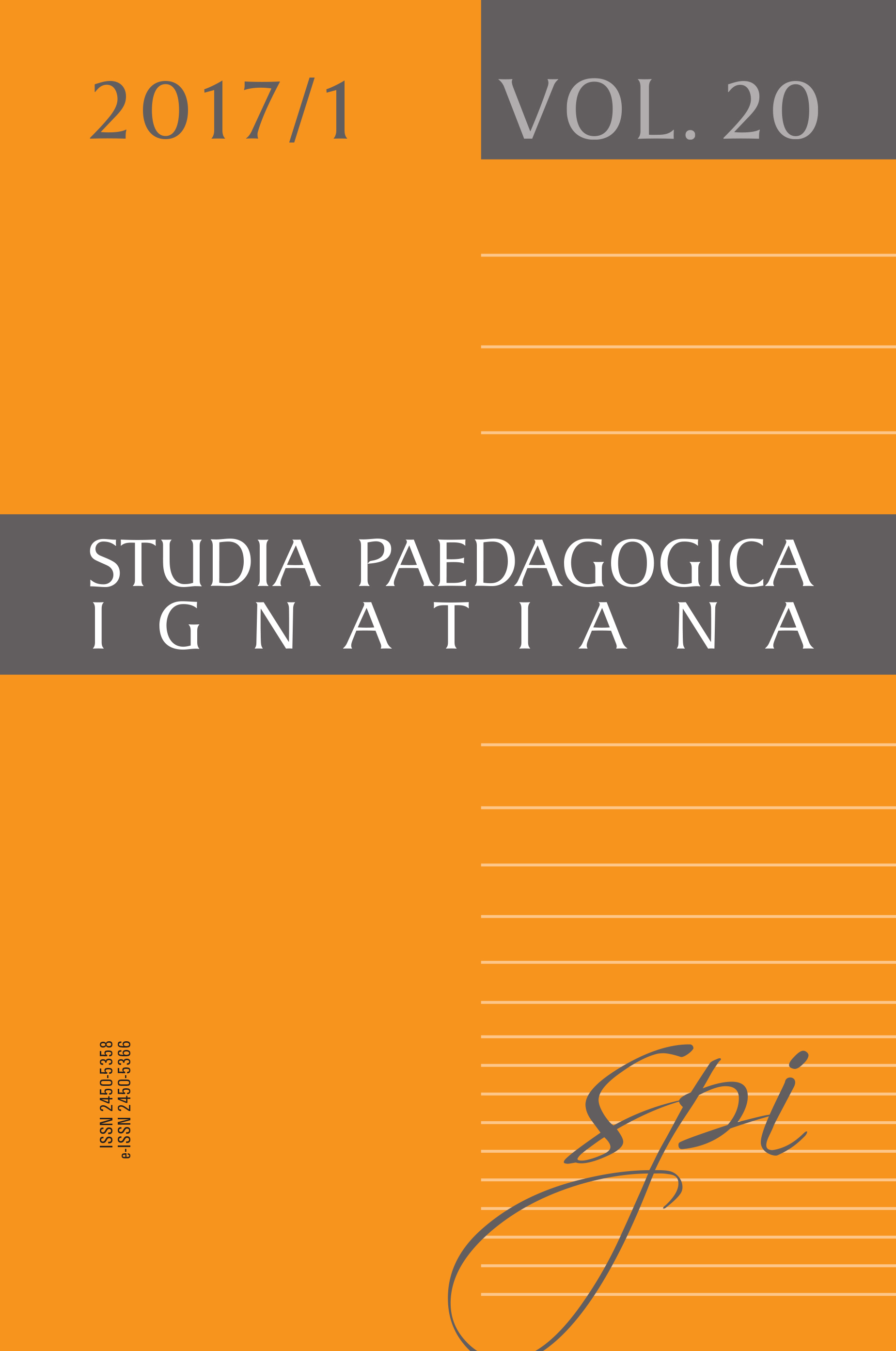

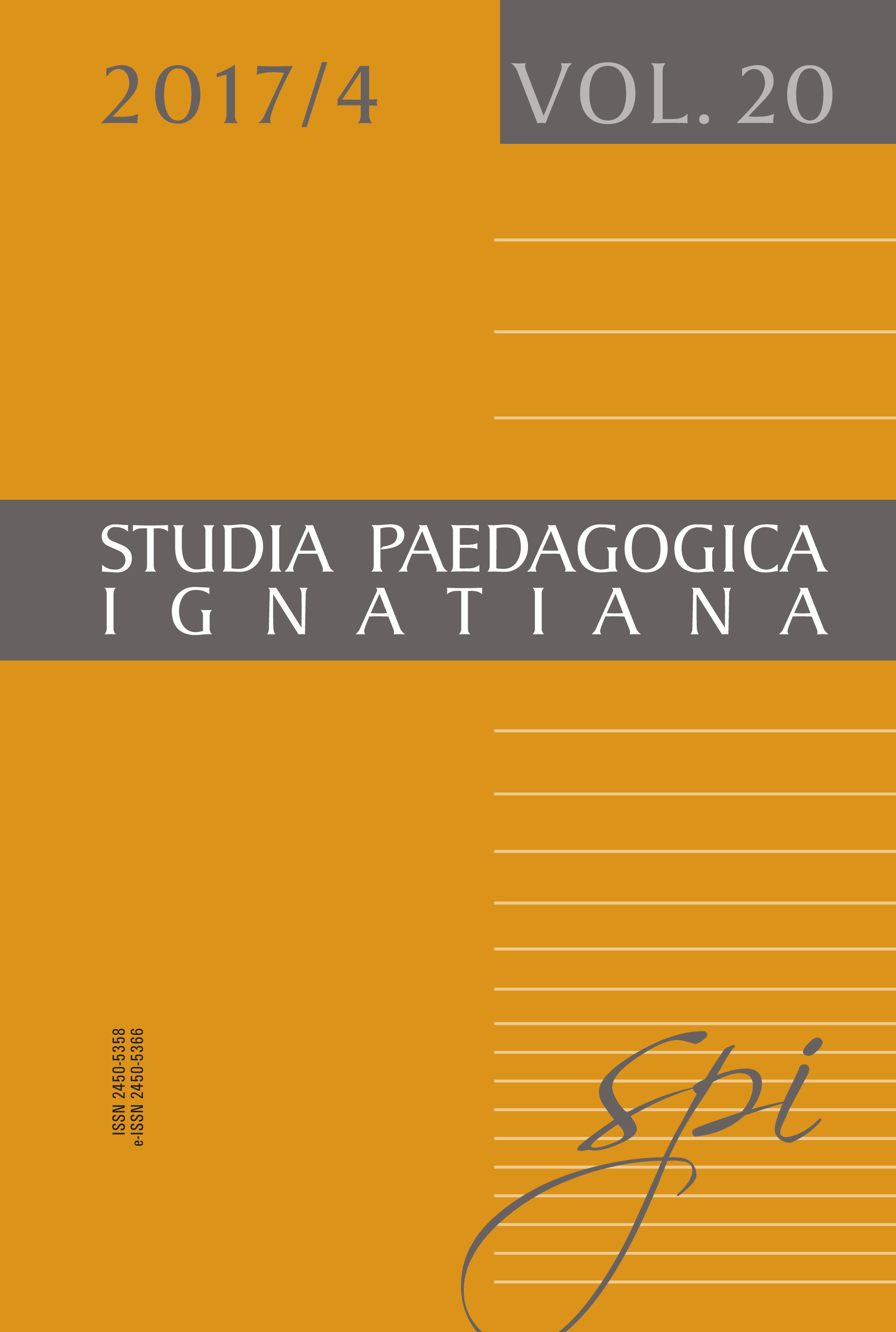
The purpose of this paper is to exemplify the outstanding potential of literary narrations, and particularly the fairy tales, to foster resilience among primary school students. The starting point of these reflections is the mimetic-cathartic vision of a literary narration proposed already by Aristotle and then developed by such contemporary authors as Paul Ricoeur, Alasdair MacIntyre, David Carr, etc. The specific application of the general idea, according to which great literary stories have a powerful intrinsic pedagogical potential, is depicted with the use of the example of a classic tale by the Grimm brothers, The Girl Without Hands, which is a clear mimesis in both textual and figurative sense of a resilient character. Moreover, the traumatizing circumstances against which the resilient attitude develops in the protagonist are related to family background, which makes the story particularly up-to-date at present times in which we observe an outstandingly high divorce rate as well as many other types of problems affecting large numbers of children in relation with their families. A variety of “pillars” or “factors” of resilience are easily observable in the behaviour of the “girl without hands,” which converts the story into a remarkable and encouraging example of overcoming all sort of difficulties and obstacles which our students encounter on their own way towards a more complete integration and happiness.
More...
The word has enormous meaning in a teacher’s practice. Basically, it can be treated as a transmitter of direct and indirect contents that have a positive or negative dimension. The word belongs to elements constituting the phrase, sentence, story, speech, etc. and performs many functions covering varied disciplines of science, one of which is pedagogy. It takes part actively in the process of upbringing that is realized with differentiated methods, techniques. They are rooted in the anthropological, ethical, axiological, and psychological domain and seem to be indispensable in the implementation of content. The results of their usage depend on many factors, perhaps the most important being the teacher’s approach to the choice of methods. The goal of the paper is to elicit the meaning of the word functions while applying a transactional theory to student’s upbringing through fairy tales. Hence, the presentation is to explain the notion of the “word” and then the “transactional theory” of Louise M. Rosenblatt, the “transactional approach” to upbringing, and the interpretation of words in the fairy tales.
More...
Stories help us to understand our own mental world and the soul of the child and its education. In stories we often find a moral message and the basis for the practical solutions to various educational problems. To understand the nature of the parable means also to find the key to open the spiritual dimension of our being. We deal just with a very small book, and allegorical story about the little prince from the planet B 612 in it, as Antoine de Saint-Exupéry described him, which carries an important message to a man at any age. The paper analyses the moral and educational message of the work The Little Prince as a description of the dramatic era in which the book was written. The universality of the message of this book (which can be possibly described also as a fairy tale for adults) bases in the fact that the message goes across every period, and every age of recipients in a various environments and conditions of life. It clearly speaks not only to kids who are being educated, but also to adults and teachers, regardless of whether they are simple or highly educated people. The Little Prince is a guide to the inner world of each human person. From a pedagogical point of view this work deals with the application of narrative as well as educative method, which are based on dialogic paradigm of philosophy and Christian humanism, especially personalism. The outline of the article develops the following analytical sequence: the background of the creation of the book, The Little Prince in us—a psychological reflection, the ideas in The Little Prince in relation to education, focusing on the moral formation of the child and the every human person.
More...
This article analyses the question of ethics in war circumstances as portrayed in two picturebooks: The Enemy by Davide Cali and Serge Bloch, and I will not by Naila Farouky and Ora Eitan. Aiming to prove that there are some children’s books capable of tackling complex moral issues, it looks at the underlying attitudes (for instance, the implied concept of the child reader) and artistic devices employed in these books (such as irony, conceit, rhetoric), which allowed the artists to talk about challenging issues with conviction, frankness, and most importantly, with moral insight.
More...
Children’s contemporary literature often presents an ambiguous and even immoral world of values, not to speak of Christian virtues, which are neither emphatically mentioned nor even faintly evoked. Theological virtues enhance human capacities and elevate every person to their highest being, to the supernatural order they are created for. Directly related to the Scriptures, for they are revealed, the theological virtues suggest an unavoidable and clear connection to God. In C.S. Lewis’ Chronicles of Narnia we find a useful counterexample to teaching morals through literature: these seven fantasy novels provide multiple examples of how to be faithful, hopeful and even how to practice the virtue of charity. Considering that through a fictional evocation of certain concepts these might be apprehended more significantly, in this paper we aim to explore new readings of the saga that go beyond a general approach in order to transcend its allegorical mechanisms and respond to criteria such as the virtue of charity and its two main features: vicariousness and forgiveness.
More...
Children’s contemporary literature often presents an ambiguous and even immoral world of values, not to speak of Christian virtues, which are neither emphatically mentioned nor even faintly evoked. Theological virtues enhance human capacities and elevate every person to their highest being, to the supernatural order they are created for. Directly related to the Scriptures, for they are revealed, the theological virtues suggest an unavoidable and clear connection to God. In C.S. Lewis’ Chronicles of Narnia we find a useful counterexample to teaching morals through literature: these seven fantasy novels provide multiple examples of how to be faithful, hopeful and even how to practice the virtue of charity. Considering that through a fictional evocation of certain concepts these might be apprehended more significantly, in this paper we aim to explore new readings of the saga that go beyond a general approach in order to transcend its allegorical mechanisms and respond to criteria such as the virtue of charity and its two main features: vicariousness and forgiveness.
More...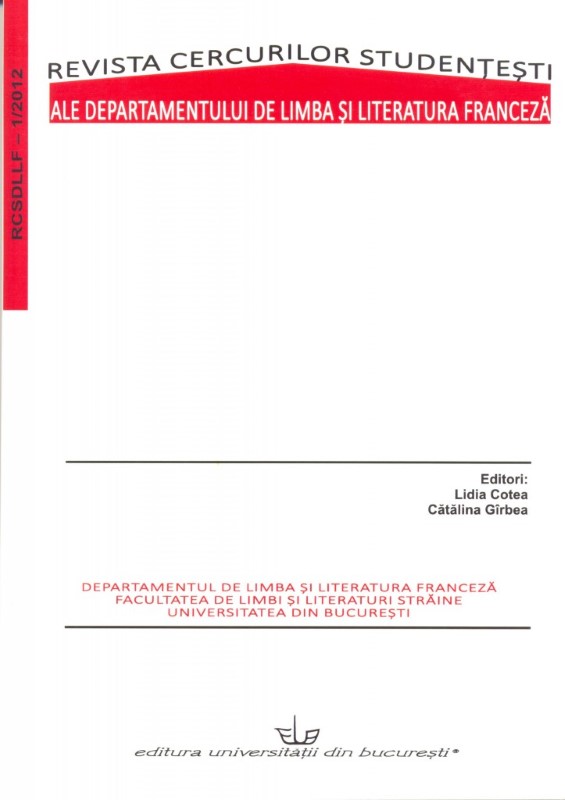
This paper discusses the image-text relations and puts forth the idea that visual experience is not fully accounted for by the model of textuality. A parallel is drawn between Henri Michaux’s work and Wittgenstein’s remarks about rule following in order to illustrate the pragmatic values of vision.
More...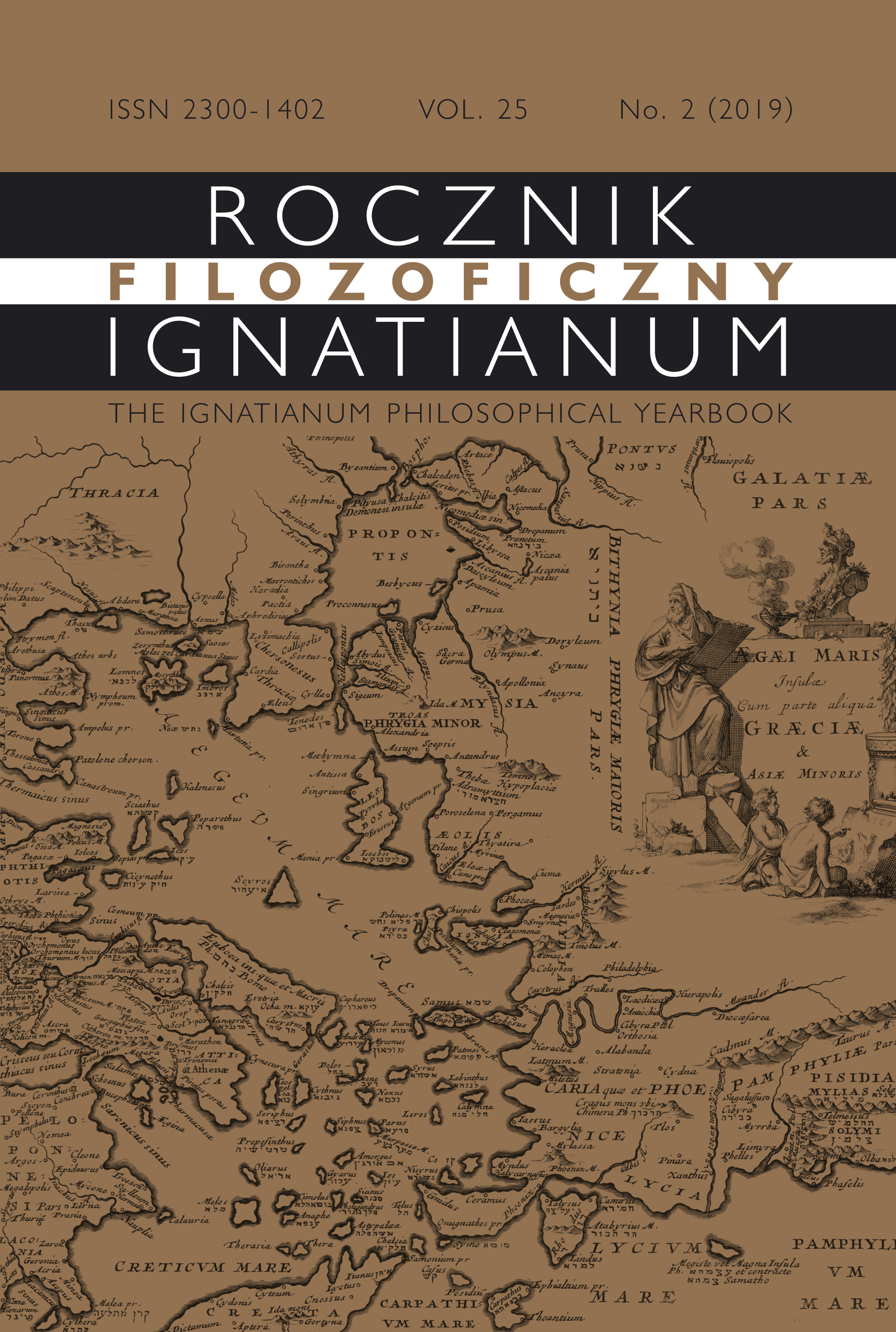
The article addresses the problem, which has not yet been analyzed in the Polish philosophical and anthropological literature, and which deals with the subject of unknowability or invisibility of God in the contemporary French phenomenology of religion. The text focuses on the ideas of transcendence, immanence and mystery as developed and further elucidated by Emmanuel Lévinas, Michel Henry and Gabriel Marcel. The author deduces from the philosophical discourse on the three concepts that the transcendence (as understood by Lèvinas) and immanence (as perceived by Henry) are the ideas which unilaterally carry out the tasks set for them by their authors, which is “to protect” God from objectification to which the phenomenological method leads when applied to the problem at stake, in particular, as it was presented by Edmund Husserl. Not only Lévinas and Henry were in opposition to this method but so was Marcel. who had used the concept of mystery for the same reason. According to the author of the article, neither the transcendence (Lévinas) nor the immanence (Henry) but the concept of mystery (as developed by Marcel) is the one which «protects» God the most efficiently against objectification. From the phenomenology of religion point of view the most important thing is that in Marcel’s thought God does not appear as a phenomenon (as Gerardus van der Leeuw and Lévinas and Henry believed), and yet that does not exclude the religious relationship between Man and God. According to Lévinas and Henry this biblically understood relation cannot exist even though their concepts also have relatively strong foundations in the Bible. Therefore, the author of the text believes that the Marcelian concept of mystery meets the expectations of a believer (homo religiosus) better than the Lévinasian concept of transcendence and the Henrian idea of immanence. The concept of God as the Mystery as developed by Gabriel Marcel allows man to enter into a religious relationship with God by the means of prayer.
More...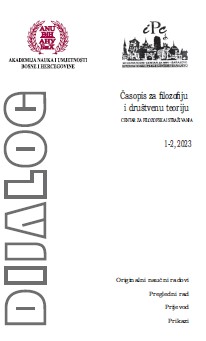
Review of: Elmana Cerić i Haris Cerić, Strip kao medij filozofske poruke: stripozofski pristup nastavi filozofije, Druga gimnazija, Sarajevo, 2020, 172 str.
More...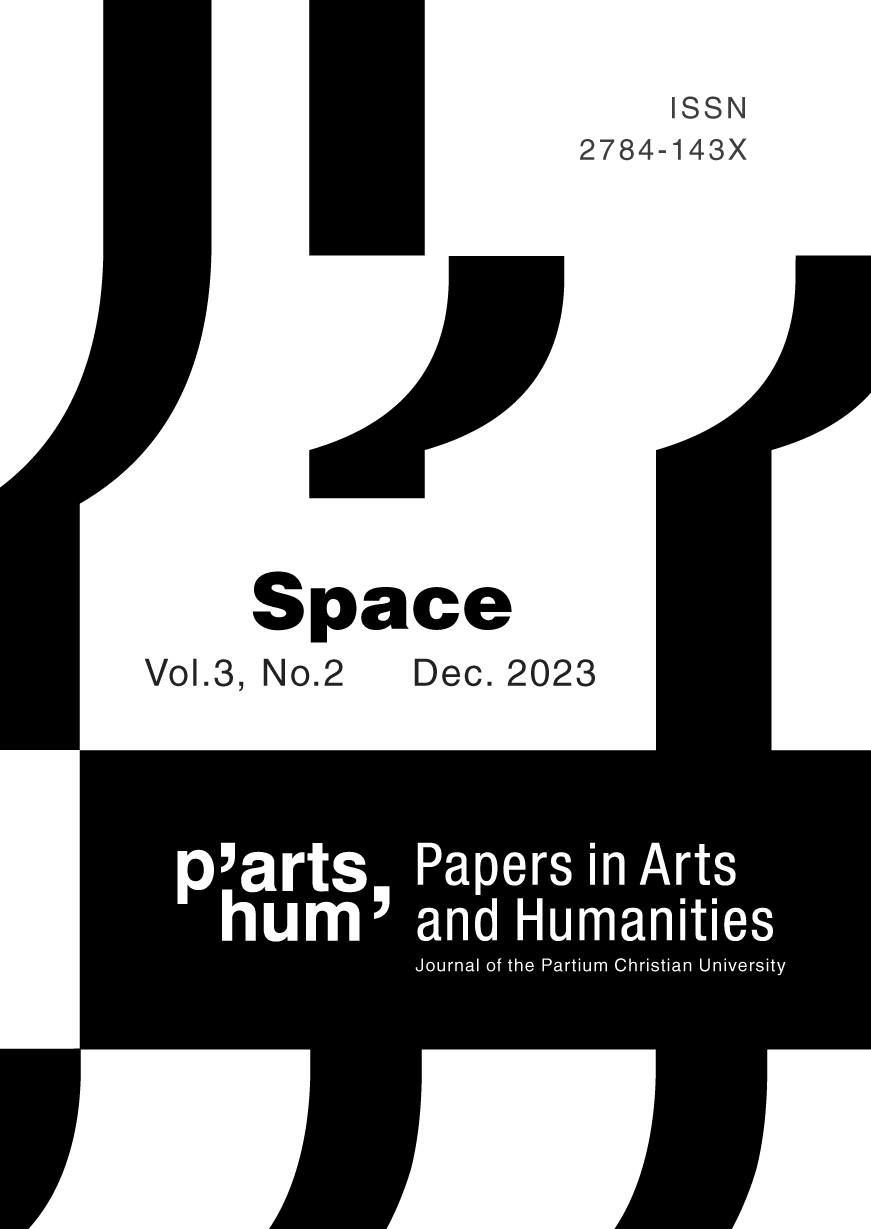
This paper proposes a closer view into how space is structured with one single purpose: to exercise power, both in physical and structural, or rather physical–structural form, bending and twisting human behavior around it. Separation walls embody frustration that stems from unresolved traumas of the past that perpetuate the impotence to solve or re-solve these traumas. Individuals living in the shadows of such walls have incorporated the pain of these traumas into their identities, a pain that leads to an external expression of the incorporation that is then directed towards the wall changing its purpose, turning it into a canvas of creative capitulation in front of the power represented by it. The artifacts that start populating and decorating such walls function as a form of aesthetic domestication, shifting impotence into potency, offering a new semiotic field for the definition of the term “aesthetic resistance.” The objects discussed in this paper include the Berlin Wall and the Israeli–Palestinian separation wall (as seen from Netiv HaAsara and Bethlehem). Walls are not specifically defined in this text. They can be metaphorical, and conventional (without material representation), they can be represented by differences that separate people, institutions, and political structures from each other. This text has not been written with the desire to offer a thorough academic introduction into “teichopolitics” (the politics of walls); instead, it provides a phenomenological “description” of a sort of different experiences regarding various ways of seeing, feeling, and understanding walls.
More...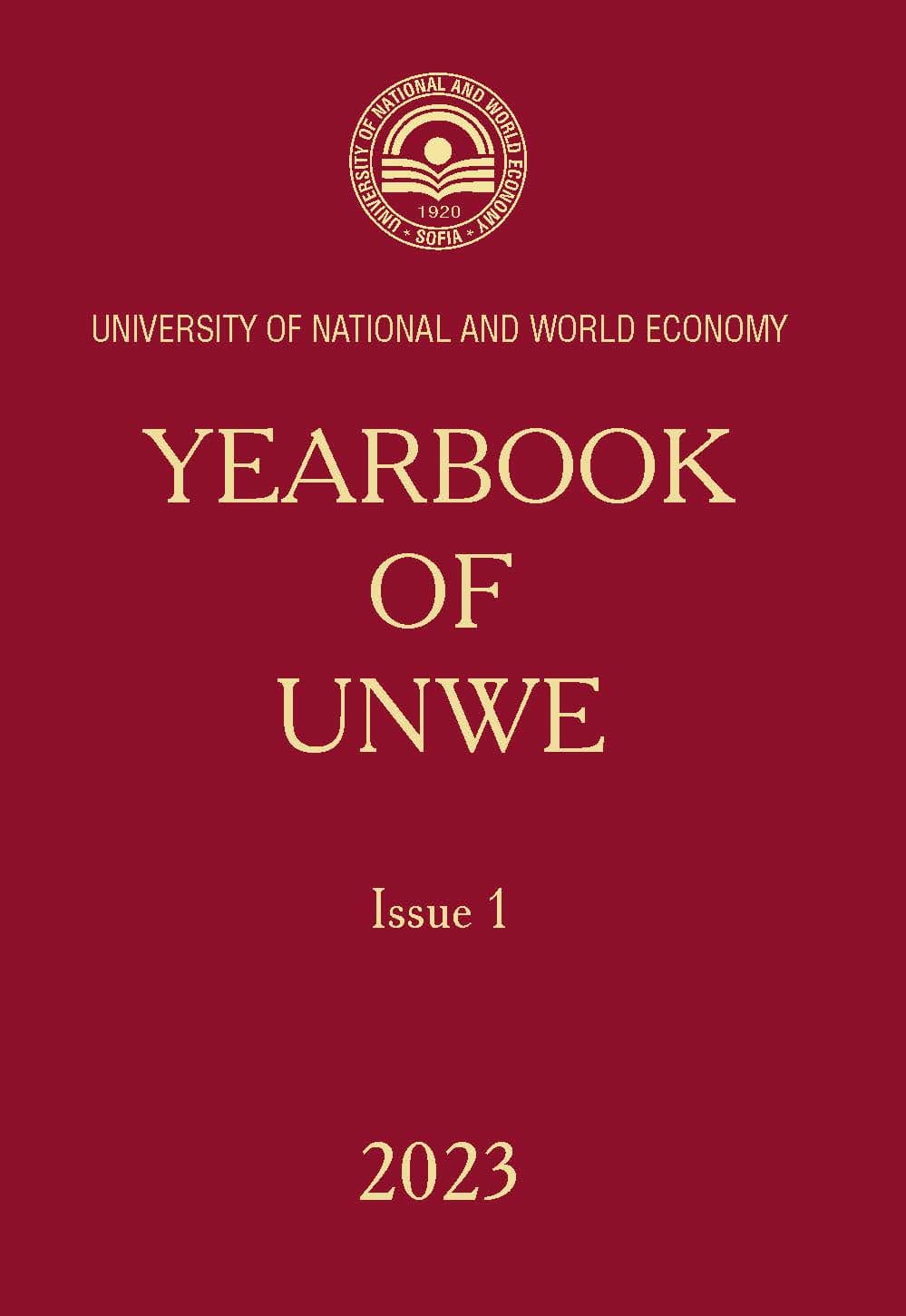
The relationship between economic growth and human dignity is a topic of great philosophical and ethical importance. Although economic growth can lead to an improvement in material living conditions, in many cases it can also lead to the violation of people’s fundamental rights, such as the right to decent work, health and education. Moral philosophy – in the wake of the Kantian lesson according to which every man should be treated as an end and not as a mere instrument – asks to consider the intrinsic value of the human being and to place human rights at the heart of ethical reflection.
More...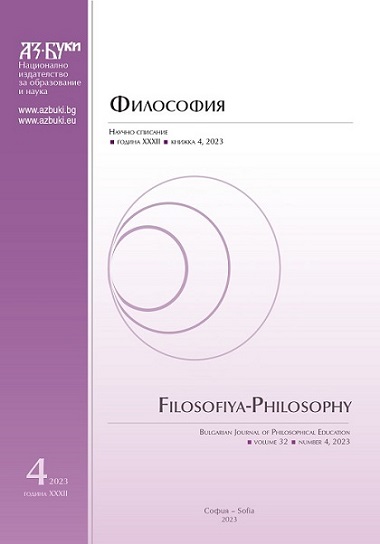

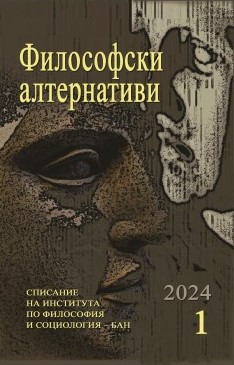
The text examines the problem of metaphors and the extent to which their meaning can be considered conventional. First, Lakoff and Johnson's theory of conceptual metaphor is examined to show that metaphors define the way we think and perceive the world. Then, by means of Grice's theory of meaning, an attempt is made to show metaphors and their meaning as having pragmatic content depending on the context. Subsequently, Marmora's formula on social conventions is applied, which will help to show metaphors as arising from common acceptance and repetition of their meaning, to conclude that when metaphors are transformed into dead metaphors, society ceases to accept their meaning as metaphorical.
More...
In modern times, sustainability plays an important role, also acceptable in sociolinguistic studies. The comparison of English and other languages in Bangladesh is examined from the point of view of sustainability. It has not yet been established whether the English language is sustainable or not in the context of Bangladesh and around the world. Most studies on sustainable development objectives neglect the relationship between sustainability and a particular country’s language. The purpose of this work is to expand our knowledge of how to measure the sustainable language based on specific indicators. The research first explored the development of Bangladesh’s English, sustainable languages, and collective consciousness. This approach is initially based on quantitative methods. Overall, these results suggest the sustainability of Bangladesh’s different languages. This study contributes to the field of a sustainable language genre in sociolinguistics.
More...